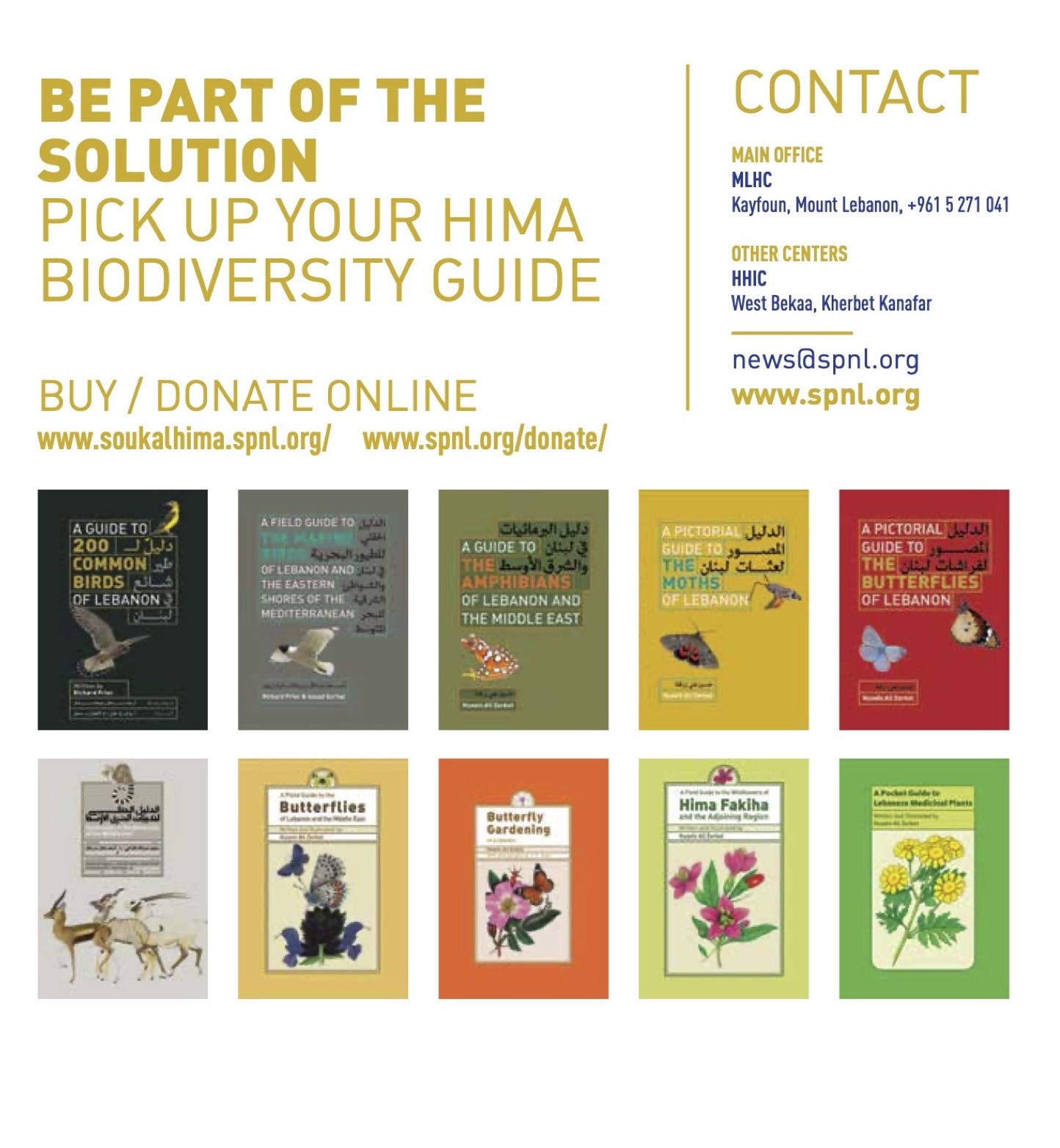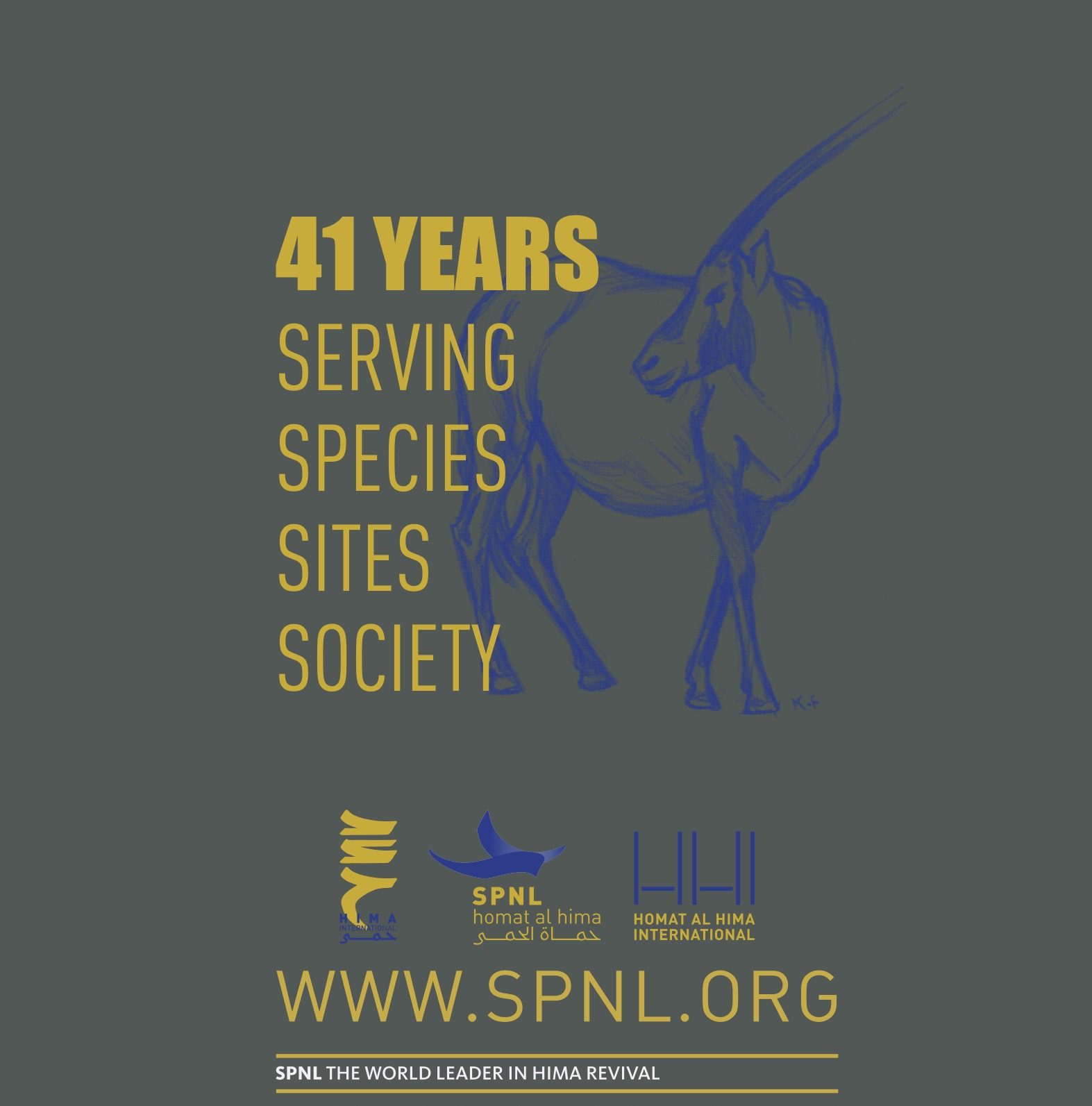Lebanon’s Beirut Valley has once again revealed its secrets through the lens of biomonitoring. With every hike, photograph, and field note, Husein Ali Zorkot continues to transform raw data into a vivid portrait of the country’s biodiversity. His work blends science, art, and community engagement—building a living library of Lebanon’s plants and animals while nurturing conservation traditions like the hima.
From July 24 to August 24, 2025, Zorkot carried out a remarkable journey across Lebanon’s green heartlands, blending field science, art, and conservation into a living archive of biodiversity. His latest monthly technical report captures not only the discipline of biomonitoring but also the passion required to safeguard Lebanon’s fragile ecosystems.
A Month in the Field
The focus of the past month was the Beirut Valley, a biodiversity corridor stretching across the Upper Matn area and beyond. Zorkot and his team monitored ten locations, including Hilaliyeh, Choueit, Rouwaisset el Ballout, Ras el Harf, Qoubbeiaa, Chebaniyeh, Btekhnay, Deir el Harf, Ras el Matn, and later extending to Aabadiyeh and Beit Meri during winter and spring. Each site tells its own ecological story, from oak-dominated ridges to butterfly-rich meadows.
Fieldwork meant long hikes, hours of photography, careful species recording, and even painting—an unusual but powerful medium Zorkot uses to capture the essence of Lebanon’s wildlife. These efforts fed into biomonitoring checklists and updates for multiple areas: Hammana, Kayfoun, Baissour, Kfar Matta, Kherbet Qanafar-Ain Zebdeh, Ebel el Saqi, and the coastal landscapes of Mansouri-Qlaileh.
Building Lebanon’s Wildlife Library
One of the most ambitious undertakings is a 20-year project to produce a comprehensive illustrated library of Lebanon’s biodiversity. Already, Zorkot has illustrated nearly 2,900 species—from butterflies and coastal plants to mammals and birds—organized into 24 pictorial volumes. Four are already published, while new editions on animals and coastal plants are nearing completion.
In parallel, he is preparing a pictorial volume on Lebanese animals and another on coastal and aquatic plants—algae, kelps, and shoreline flora—bridging science and art in ways accessible to both researchers and the public. Updates also continue for the butterfly website, which connects citizens to Lebanon’s role in the global network of Key Biodiversity Areas (KBAs) and Prime Butterfly Areas (PBAs).
Numbers that Speak
The month’s biomonitoring produced impressive inventories:
-
Beirut Valley: 440 species, including 103 endemics
-
Hammana: 300 species, with 148 endemics
-
Kayfoun-Baissour-Kfar Matta: 335 species, with 111 endemics
-
Kherbet Qanafar-Ain Zebdeh: 501 species, with 235 endemics
-
Ebel el Saqi: 340 species, with 120 endemics
-
Mansouri-Qlaileh: 103 species, with 20 endemics
These numbers aren’t just statistics—they are proof of Lebanon’s biological wealth, much of it unique to the region.
Beyond Science: Hima and Community Engagement
Parallel to his scientific pursuits, Zorkot continues to manage hima gardens—community-based conservation sites rooted in Lebanon’s ancient heritage. From Mount Lebanon to the West Bekaa, these gardens are living classrooms where plants and butterflies become ambassadors for conservation. Souk el Hima products, wildlife prints, and posters from his books help bridge science with local livelihoods.
Looking Ahead
In the coming month, Zorkot plans to continue biomonitoring across Beirut Valley, expand into Chemlan, print the long-awaited pictorial volume on animals, and update reports for multiple locations under the EU-funded Bioconnect project. His ongoing research also targets degraded habitats and undocumented species, ensuring that Lebanon’s environmental strategies keep pace with real ecological shifts.
The Larger Vision
What emerges from this month’s report is not just a snapshot of fieldwork, but a long-term national vision: to document, illustrate, and conserve every corner of Lebanon’s natural heritage. With 40 hima locations already identified for flora and fauna inventories, and with pictorial volumes in the making, the work of Dr. Husein Zorkot stands as a quiet but powerful defense of biodiversity in a country where nature often takes a backseat to crisis.






